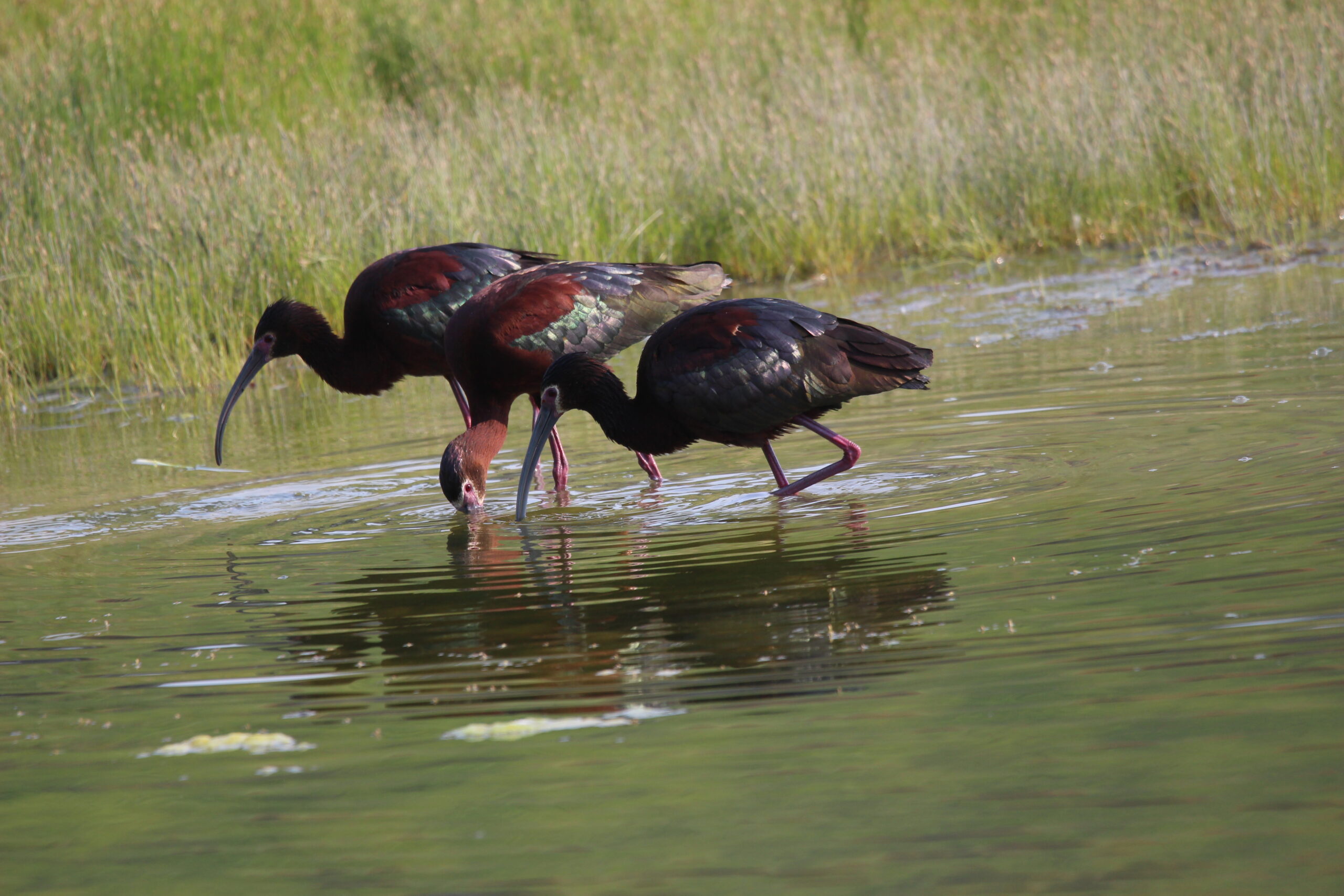Few things are as rewarding as creating and maintaining a beautiful outdoor area for your home. We Alberta gardeners take great pride in our yards and it shows: from careful planning and site preparation, to smart purchasing and maintenance of hardy plant material, our gardens are among the most beautiful Canada has to offer. No wonder Albertans continue to be featured in so many national gardening magazines!
With such a huge investment of time (and money) in our gardens during the warm season, then, it only seems natural that we take proper measures to protect our naturescapes when Jack Frost comes calling. The arctic weather that blows across our prairies during the winter months can severely damage virtually all of the plants in our gardens if they are not prepared properly in the fall. Protecting against the three most devastating forces of Alberta winter weather – extreme cold, wind, and variable Chinook thaws – can be as simple as using a rake around the yard and unrolling the watering hose a few more times this year.
Cleaning Up
Now is the time to get your entire yard cleaned up in preparation for the snow and sub-zero temperatures to come. Wipe down and put away all of your garden tools. Drain and roll up the hoses; place them in an area that is easily accessible. Make sure your breezeways and porches are properly closed up to avoid furry little visitors to your home
during the cold months. Don’t forget to remove all herbicides and pesticides from outdoor areas and place them in heated storage.
Get out in the garden and take stock of its general design, functionality, and health. Did you get the most out of your outdoor area this summer? Would your yard be better served by relocating, removing, or adding something (i.e. trees, shrubs, perennials, and/or bulbs)? If so, this is a great time to transplant, prune, and divide most plants. A good fall fertilizer high in phosphorous is a must for gardening at this time of the year; the phosphorous will encourage necessary root development to bring the plant through winter. Fall fertilizer can found in various forms (granular, tree spikes, or water soluble) and can be accordingly applied as a topdressing, pressed into the soil, or watered in. Don’t forget to wrap your cedars and other tender plants with burlap!
To Mulch or Not to Mulch
Recent thoughts on winter mulching with leaves and other backyard organics have been somewhat confusing. Some garden experts have taken the position that mulching with home-grown, unsterilized material is too risky because it introduces potentially damaging pests / diseases to the plants. Other gardeners, however, feel that we should only be using what nature has provided us in our particular microclimate (i.e. each gardener’s own back yard) to help protect and condition garden beds for the winter. Regardless of which camp you agree with, fall mulching is an essential component in maintaining a healthy landscape in the prairies: 2 –3″ of organic material applied to flowerbeds and around trees and shrubs helps to improve root zone moisture retention and acts as a warm blanket over tender plant root hairs. Using what is readily available in your yard (grass clippings, compost, and leaves) is an inexpensive, easy method of winterizing your garden, provided that the source plants you are using (your lawn, plants you have recycled in your compost bin, your trees and shrubs) are healthy and free of disease. If your trees, lawn, or compost pile are showing signs of infection, however, your best bet is to purchase sterilized mulch from your local garden centre. Peat moss, manure, wood chips, and compost are all great fall applications.
Sleep in a Waterbed
Unlike us, plants love to be surrounded by moisture when cold weather hits. If your garden bed becomes dry, no matter what the season, you need to get out and water the roots of your plants. To help bring your garden through winter, a thorough watering in late fall (October) followed by spot watering throughout the winter (usually once a month) generally suffices to keep roots adequately moist. And don’t forget the gift of snow; high in nitrogen and great for
insulation, snow melts just as the plants need the water in Chinook weather. Be sure to shovel your unsalted walkway directly onto your plants!
Gardening in Alberta is an up-and-coming pastime, the joys of which many of us discover every day. Beautiful landscapes are becoming the norm rather than the exception in our prairie communities. As necessary as spring and summer care are to the success of your outdoor horticultural pursuits, so is ensuring your garden has been properly prepared for cold winter weather. While not likely to top the list as a favourite Saturday afternoon activity, a couple hours spent cleaning up and getting your garden ready for winter should be seen as an investment in next year’s gardening success. With your yard winterized, you can spend your free time perusing landscaping publications, getting ideas, making notes, and dreaming about your magnificent garden next spring!






